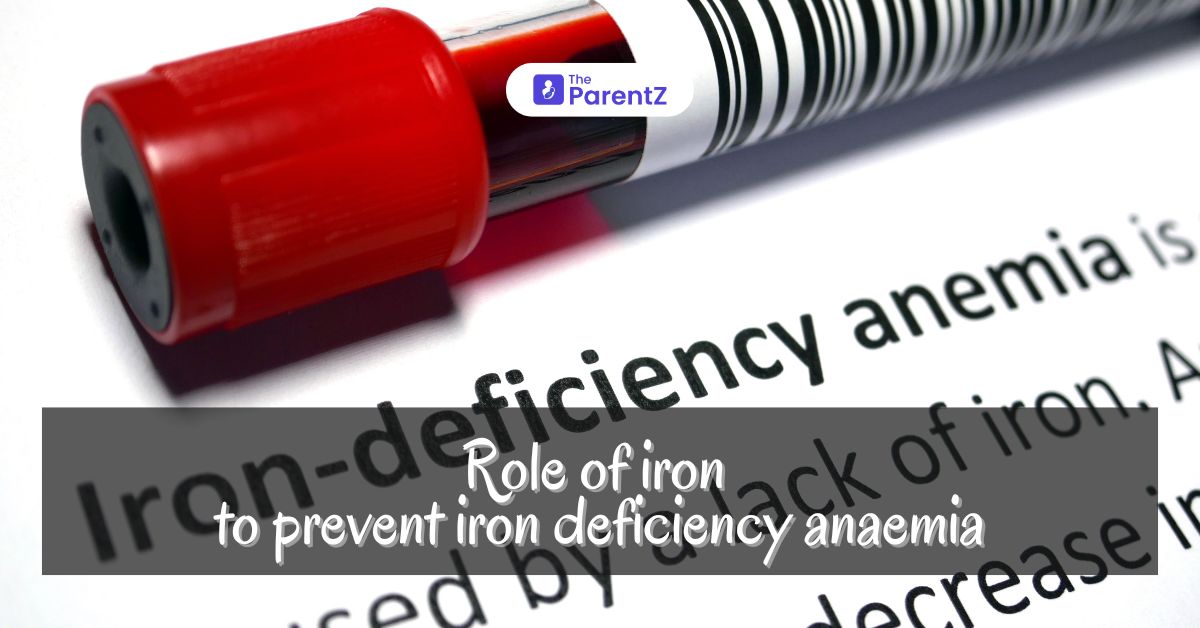Iron deficiency anaemia (IDA) in infants and toddlers is a critical health concern that can significantly impact growth, development, and overall well-being. As a parent or caregiver, you play a pivotal role in your child’s health. Your actions in ensuring they receive adequate iron are crucial.
Iron is essential for producing haemoglobin, the protein in red blood cells that carries oxygen throughout the body. Without sufficient iron, the body cannot produce enough haemoglobin, leading to fatigue, developmental delays, and other health issues.
This comprehensive article explores
1) Iron-rich foods for young children,
2) The consequences of Iron Deficiency Anaemia
3) The role of vitamin C in iron absorption,
4) Dos and Don’ts,
5) Strategies for incorporating more iron into their diet,
and
6) Nutrient interactions.
Understanding Iron Deficiency Anemia in Infants and Toddlers
Consequences of IDA:
- Developmental Delays: Iron is crucial for brain development. Deficiency can lead to cognitive, motor, and behavioural delays.
- Growth Impairment: Infants and toddlers with IDA may experience stunted growth and a weakened immune system.
- Symptoms: Common symptoms include pale skin, irritability, fatigue, rapid heartbeat, and poor appetite.
Iron-Rich Foods for Infants and Toddlers
Iron exists in two dietary forms: heme and nonheme. Heme iron, found in animal products, is more readily absorbed by the body. Nonheme iron in plant-based foods requires additional dietary strategies for optimal absorption.
1. Heme Iron Sources:
- Meat and Poultry: Pureed or finely chopped dark poultry meat is an excellent source of heme iron.
- Fish: Mashed tuna, salmon, and other soft fish can be incorporated into meals.
- Liver: Chicken pureed and mixed into other foods provides a high concentration of iron.
2. Non-Heme Iron Sources:
- Fortified Cereals: Many infant cereals are fortified with iron and easily incorporated into the diet.
- Legumes: Pureed lentils, beans, and peas are nutritious and rich in nonheme iron.
- Green Leafy Vegetables: Spinach and kale, pureed into smoothies or mixed with other foods, provide iron, although oxalates can limit absorption.
- Dried Fruits: Pureed prunes, raisins, and apricots can be added to meals or served as snacks.
- Nuts and Seeds: Ground nuts and seeds, such as cashews and pumpkin seeds, can be mixed into purees or baked goods.
The Role of Vitamin C in Iron Absorption
Vitamin C (ascorbic acid) significantly enhances the absorption of nonheme iron by converting it into a form that is more easily absorbed by the body. Ascorbic acid is a potent enhancer of nonheme iron absorption and can reverse the inhibiting effect of substances such as tea and calcium/phosphate.
This is particularly beneficial for infants and toddlers who consume plant-based iron sources. Vitamin C also plays a crucial role in maintaining the health of your child’s immune system.
Vitamin C-Rich Foods:
- Citrus Fruits: Orange juice or pureed citrus fruits can be mixed with iron-rich foods.
- Berries: Pureed strawberries, blueberries, and raspberries are rich in vitamin C.
- Vegetables: Bell peppers, broccoli, and tomatoes can be cooked and pureed for easy consumption.
Incorporation Tips:
- Combine pureed meats with mashed potatoes and a splash of orange juice.
- Serve fortified cereal with a side of fruit rich in vitamin C.
- Add pureed bell peppers to vegetable mixes.
Dos and Don’ts for Optimal Iron Absorption
Dos:
- Combine Iron Sources with Vitamin C: Eating vitamin C-rich foods alongside nonheme iron sources can significantly increase iron absorption.
- Cook with Cast Iron: Research in the Journal of Food Science and Technology has shown that cooking with cast iron pots can significantly increase the iron content of foods, especially acidic foods. For example, cooking acidic foods like tomato sauce in cast iron pans can increase the iron content of the food.
- Consume Animal and Plant Iron Together: The presence of Heme iron can enhance nonheme iron absorption.
Don’t’s
- Avoid Excess Calcium with Iron: Calcium can inhibit iron absorption. It is advisable not to consume high-calcium foods or supplements simultaneously with iron-rich meals.
- Limit Polyphenols and Phytates: A review in the Journal of Nutrition discussed how polyphenols and phytates found in certain foods can inhibit iron absorption, highlighting the importance of dietary timing and composition. Foods like coffee, tea, and whole grains contain polyphenols and phytates that can reduce iron absorption. Try to consume these between meals rather than with them.
Ways to Incorporate More Iron into Your Diet
- Diversify Protein Sources: Include a mix of red meat, poultry, seafood, and plant-based proteins to ensure a variety of iron sources.
- Use Iron-Fortified Products: Opt for iron-fortified cereals and grains, significantly if dietary restrictions limit other sources.
- Snack Smart: Choose iron-rich snacks like dried fruits and nuts.
- Innovative Cooking Techniques: Use cast iron cookware and pair iron-rich foods with those high in vitamin C.
- Creative Meals: Incorporate legumes into soups, stews, and salads, use leafy greens in smoothies, and enjoy a variety of vegetables and fruits at every meal.
Nutrient-Nutrient Interactions
- Iron and Calcium: As mentioned, calcium can inhibit iron absorption. Plan meals to avoid high-calcium foods when consuming iron-rich foods.
- Iron and Zinc: These minerals can compete for absorption. A balanced diet ensures sufficient intake, but supplements should be managed carefully.
- Iron and Vitamin A: Vitamin A helps mobilise iron from storage sites, improving haemoglobin levels. Foods rich in vitamin A include carrots, sweet potatoes, and leafy greens.
Conclusion
Preventing iron deficiency anaemia in infants and toddlers is vital for their growth and development. Rest assured, a diet rich in heme and nonheme iron, enhanced by vitamin C, and mindful of nutrient interactions can effectively prevent IDA.
Parents and caregivers can make a significant impact on their children’s health by incorporating various iron-rich foods into their diet. This simple step can help ensure their children receive adequate iron, promoting healthy growth and development. Understanding the role of supportive nutrients and using cooking methods that enhance iron content further enhance the effectiveness of these dietary changes.








Be the first one to comment on this story.